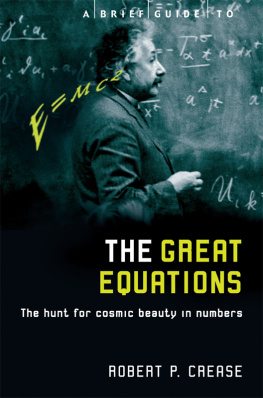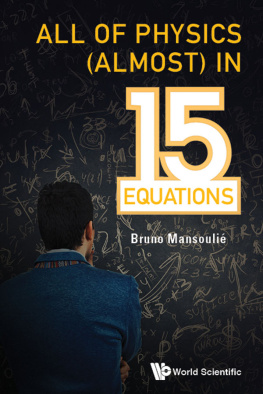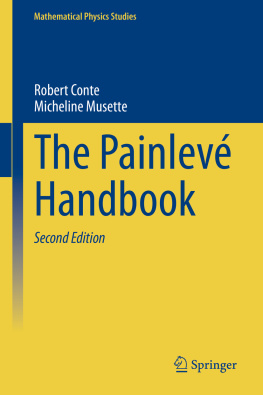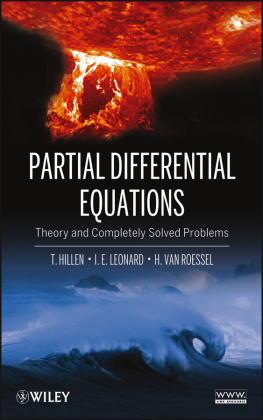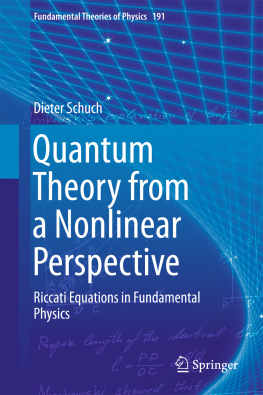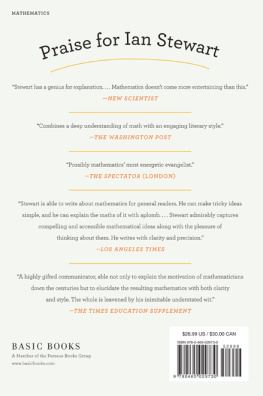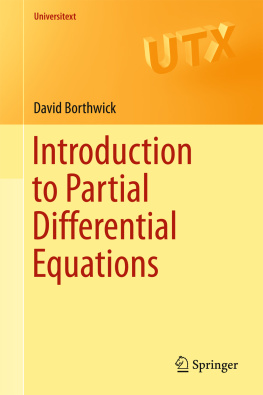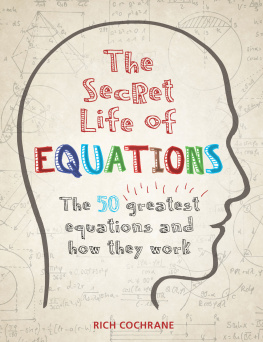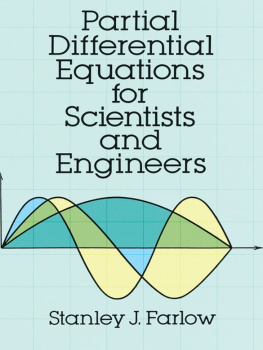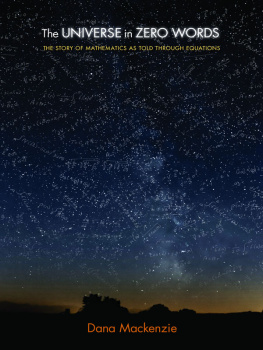Robert P. Crease is a professor in and chairman of the Department of Philosophy at Stony Brook University in New York, and historian at Brookhaven National Laboratory. He writes a monthly column, Critical Point, for Physics World magazine. His previous books include The Prism and the Pendulum: The Ten Most Beautiful Experiments in Science; Making Physics: A Biography of Brookhaven National Laboratory; The Play of Nature: Experimentation as Performance; The Second Creation: Makers of the Revolution in Twentieth-Century Physics (with Charles C. Mann); and Peace & War: Reminiscences of a Life on the Frontiers of Science (with Robert Serber). Creases translations include American Philosophy of Technology: The Empirical Turn and What Things Do: Philosophical Reflections on Technology, Agency, and Design. He lectures widely, and his articles and reviews have appeared in The Atlantic Monthly, The New York Times Magazine, The Wall Street Journal, Science, New Scientist, American Scientist, Smithsonian, and elsewhere. He lives in New York City.
Titles available in the Brief History series
A Brief History of 1917: Russias Year of Revolution
Roy Bainton
A Brief History of the Birth of the Nazis
Nigel Jones
A Brief History of the Circumnavigators
DerekWilson
A Brief History of the Cold War
John Hughes-Wilson
A Brief History of the Crimean War
Alex Troubetzkoy
A Brief History of the Crusades
Geoffrey Hindley
A Brief History of the Druids
Peter Berresford Ellis
A Brief History of the Dynasties of China
Bamber Gascoigne
A Brief History of the End of the World
Simon Pearson
A Brief History of the Future
Oona Strathern
A Brief History of Globalization
Alex MacGillivray
A Brief History of the Great Moghuls
Bamber Gascoigne
A Brief History of the Hundred Years War
Desmond Seward
A Brief History of Medieval Warfare
Peter Reid
A Brief History of Misogyny
Jack Holland
A Brief History of Medicine
Paul Strathern
A Brief History of the Private Lives of the Roman Emperors
Anthony Blond
A Brief History of Science
Thomas Crump
A Brief History of Secret Societies
David V. Barrett
A Brief History of the Age of Steam
Thomas Crump
A Brief History of Stonehenge
Aubrey Burl
A Brief History of the Vikings
Jonathan Clements
A BRIEF GUIDE TO
THE GREAT
EQUATIONS
The hunt for cosmic beauty in numbers
Robert P. Crease
Constable & Robinson Ltd
5556 Russell Square
London WC1B 4HP
www.constablerobinson.com
First published in the USA 2008 as The Great Equations:
Breakthroughs in Science from Pythagoras to Heisenberg
by W.W Norton & Company, Inc.,
500 Fifth Avenue, New York, NY 10110
This edition published by Robinson, an imprint of Constable & Robinson Ltd, 2009
Copyright Robert P. Crease 2008, 2009
The right of Robert P. Crease to be identified as the author of this work has been asserted by him in accordance with the Copyright, Designs and Patents Act, 1988.
All rights reserved. This book is sold subject to the condition that it shall not, by way of trade or otherwise, be lent, re-sold, hired out or otherwise circulated in any form of binding or cover other than that in which it is published and without a similar condition being imposed on the subsequent purchaser.
A copy of the British Library Cataloguing in Publication Data is available from the British Library.
ISBN: 978-1-84529-281-2
eISBN: 978-1-47210-017-7
1 3 5 7 9 8 6 4 2
Printed and bound in the EU
For Stephanie,
beyond category
CONTENTS
ILLUSTRATION CREDITS
Excerpts from the column, Critical Point, by Robert P. Crease, are reprinted from Physics World with the kind permission of the publisher.
Page : Columbia University.
Pages : John McAusland.
Page : Robert P. Crease.
Page : AIP Galilei Galileo A9.
Page : AIP Newton Isaac A6.
Page : AIP Newton Isaac H5.
Page : AIP Euler A1.
Page : Boltzmann Ludwig A4; AIP Clausius Rudolf A3; AIP Helmoltz Hermann A2; AIP Carnot Sadi A1; AIP Joule James A3; AIP Maxwell James Cleak A5; AIP Rumford Benjamin H2; AIP Emilio Segre Visual Archives, E. Scott Barr Collection; AIP Kelvin William Thomson A16; AIP Planck Max A14; Wien, Wilhelm A1.
Page : AIP Maxwell James Clerk A5.
Page . Oxford: 1873.
: Sidney Harris.
Page : Physics Today, January 2006.
Page : Time magazine.
Page : AIP Schrodinger, Erwin A10.
Page : Heisenberg Werner A15.
INTRODUCTION
The first equation that most of us learn is a synonym for simplicity:
1 + 1 = 2
So elementary, yet so powerful! It imparts the very definition of addition: one unit plus one unit equals two units. It is powerful, too, because it exhibits the format for every other equation: in arithmetic, mathematics as a whole, physics, and other branches of science. It shows an arrangement of terms that asserts a particular kind of relationship among them. This little but fundamental equation opens so many doors that it seems like a magic wand. It is virtually the entre into knowledge itself the first little step, the basis for each of thousands of steps to follow. Richard Harrison, a poet and English teacher at Mount Royal College in Calgary, Canada, once wrote to me of this profound expression:
1 + 1 = 2 is the fairy tale of mathematics, the first equation I taught my son, the first expression of the miraculous power of the mind to change the real world. I remember my son holding up the index finger the one finger of each hand as he learned the expression, and the moment of wonder, perhaps his first of true philosophical wonder, when he saw that the two fingers, separated by his whole body, could be joined in a single concept in his mind... [W]hen I saw my sons mind open in understanding that 1 + 1 was more than 1 + 1 I saw that small equation as my childs key not to what was wonderful in the outside world, but what was wonderful in him and all of us.
Harrisons description reminds us that learning an equation, at least of the kind as fundamental as 1 + 1, is in effect a kind of journey. It is a journey that takes place in three stages. We begin naively without knowing the equation. We are led by schooling or accident or curiosity or intent to comprehend it, often accompanied by dissatisfaction and frustration. Finally, the experience of learning it transforms the way we experience the world, which fills us naturally, if sometimes only momentarily with wonder.
Next page

